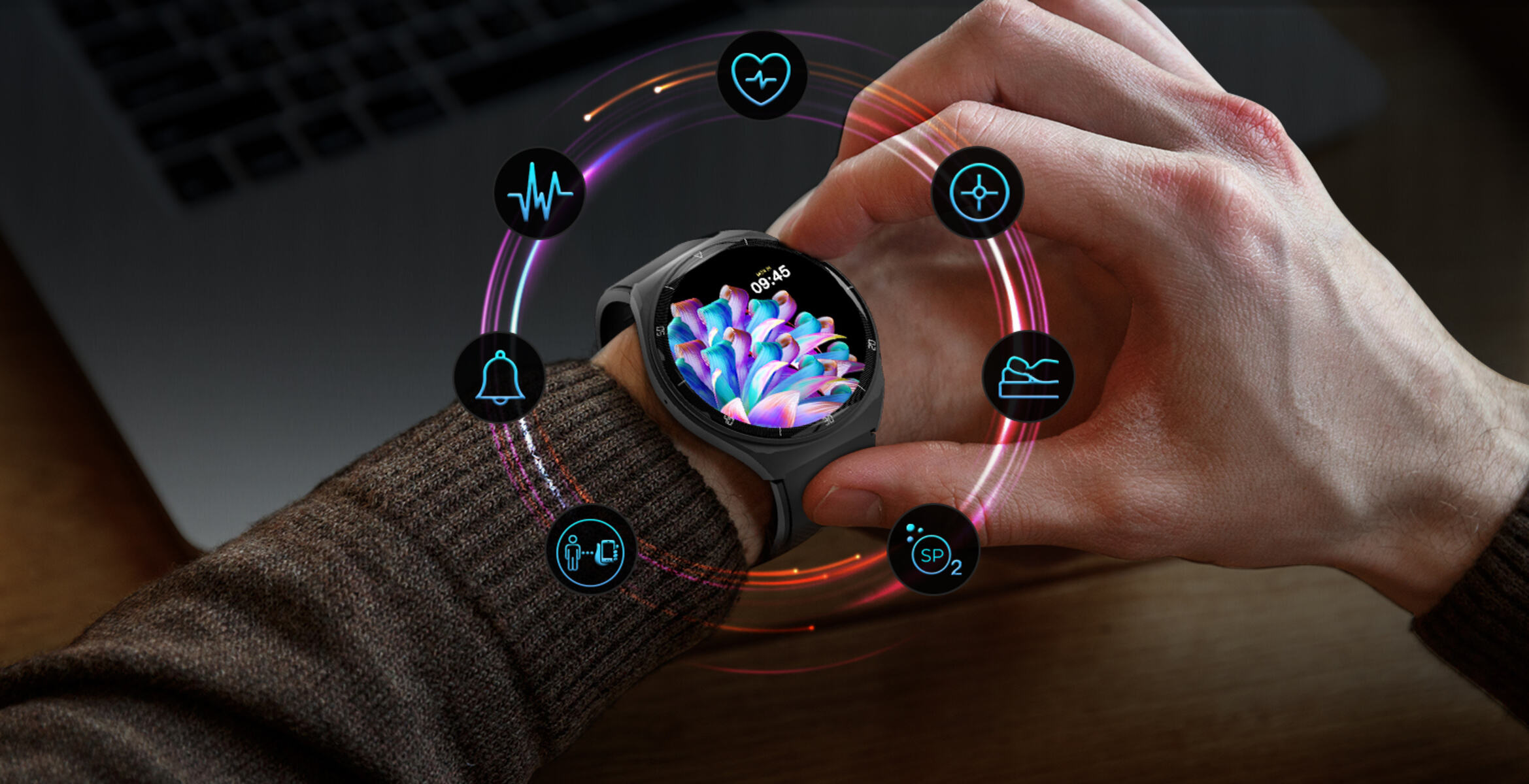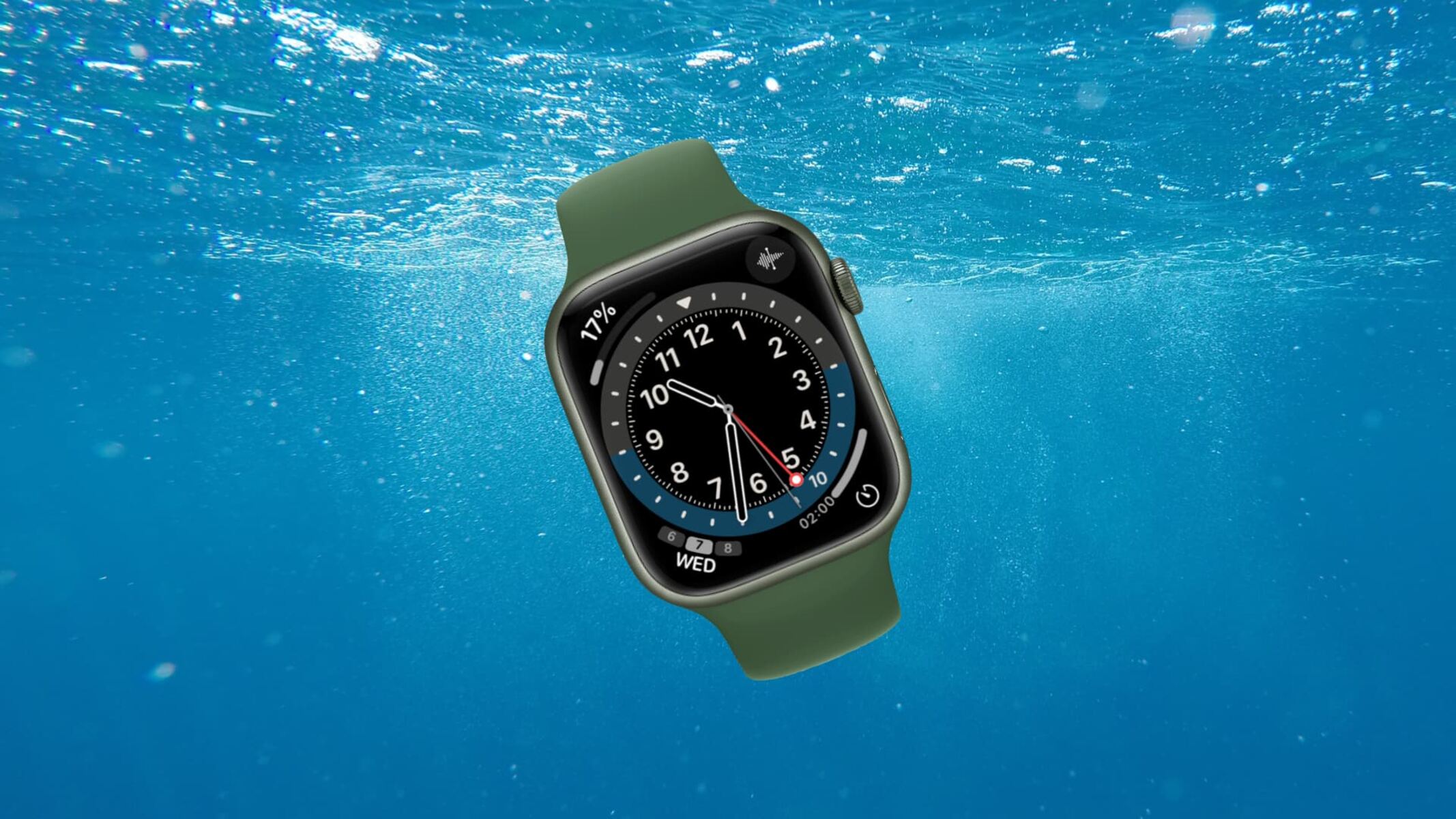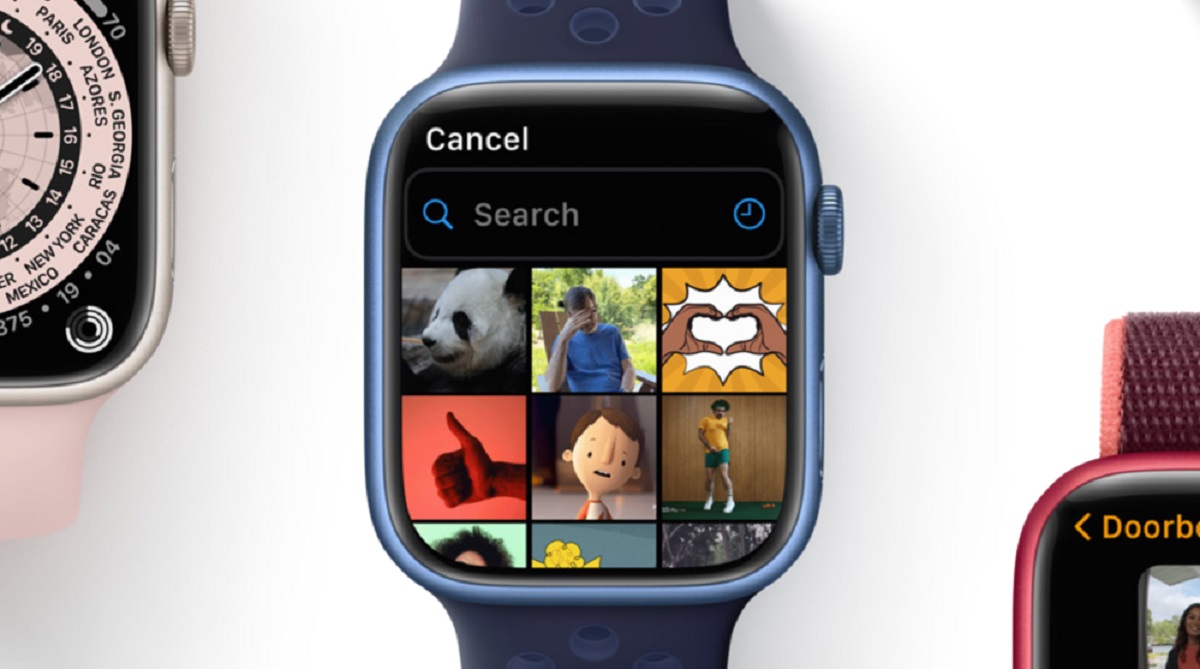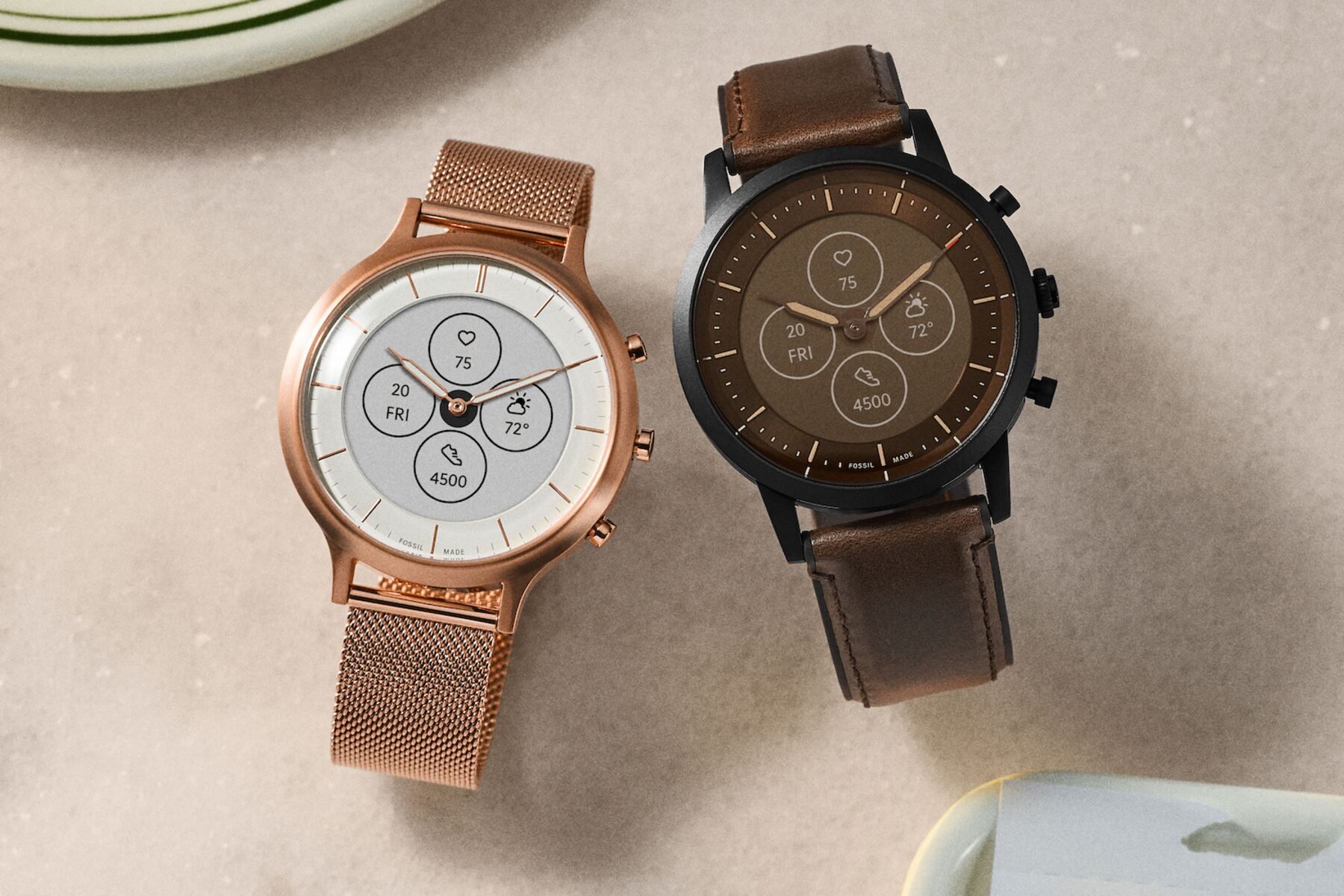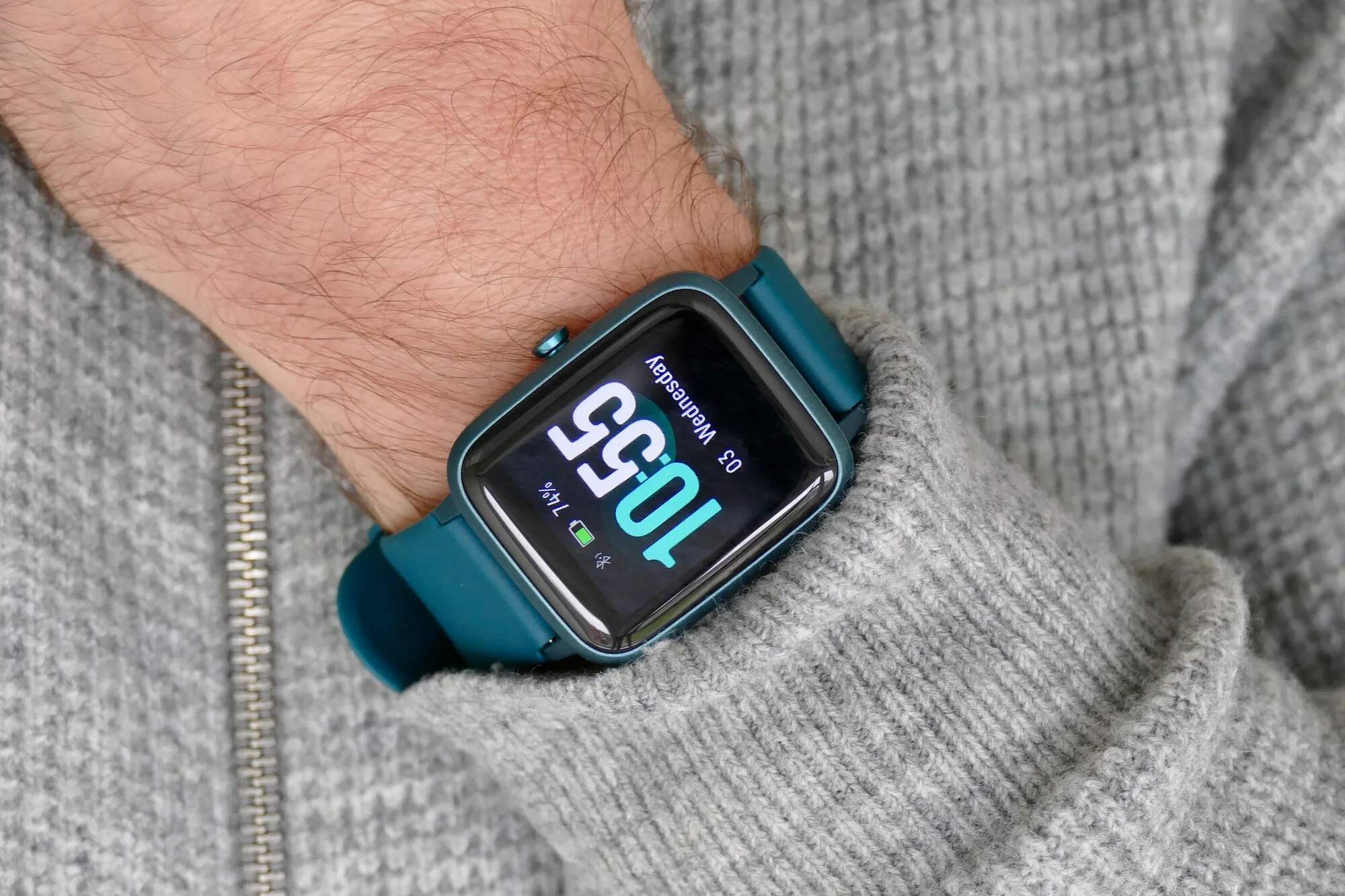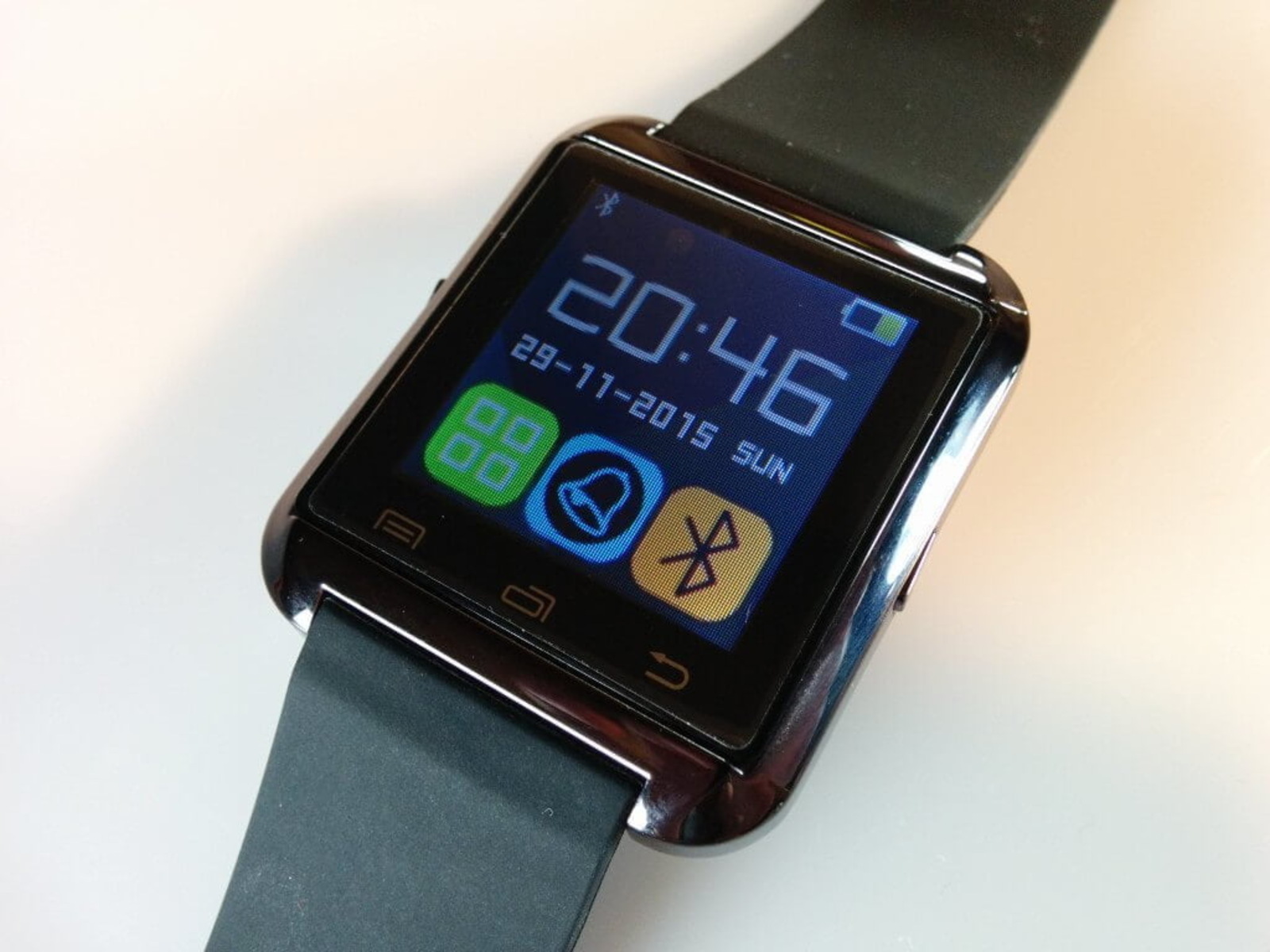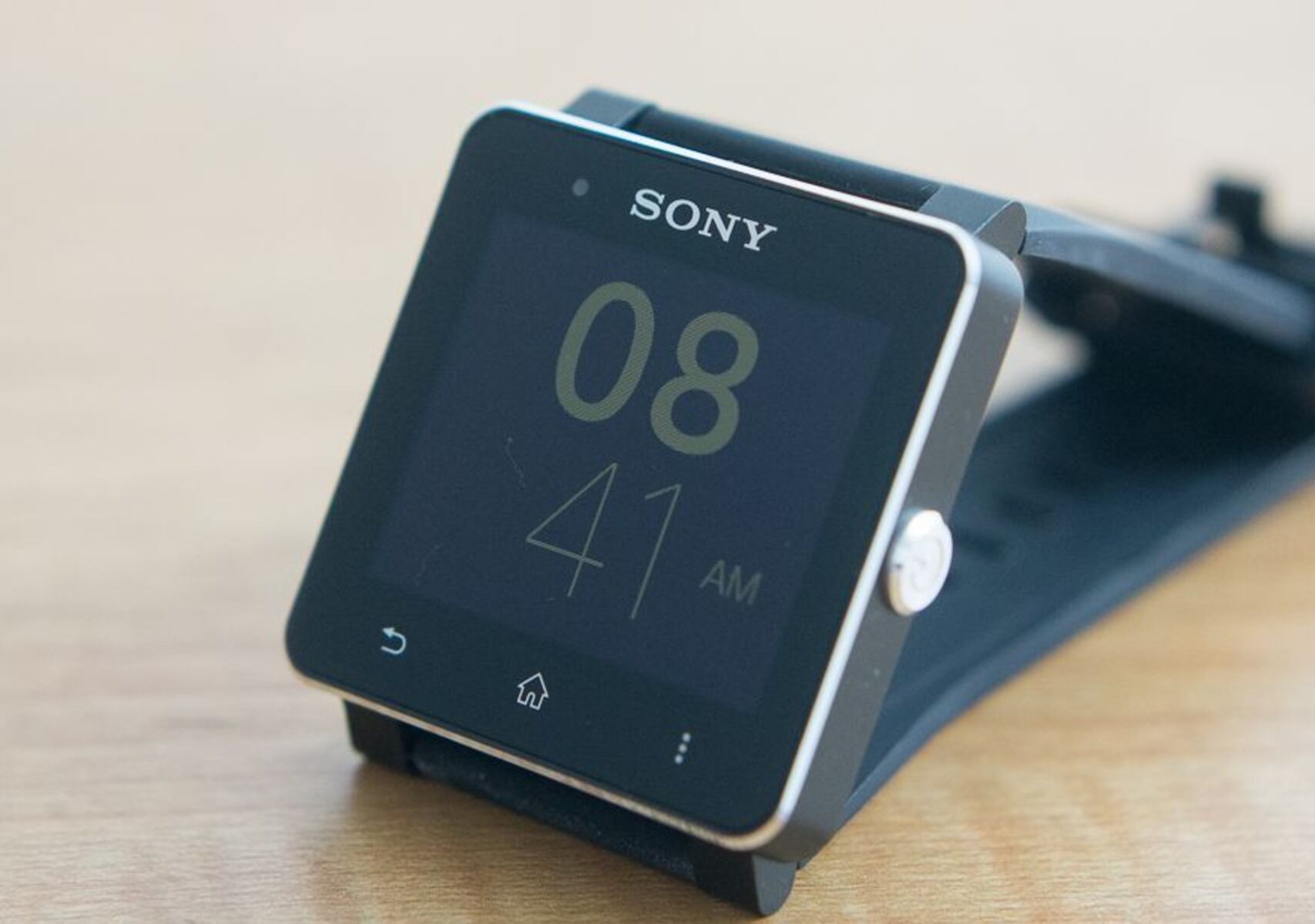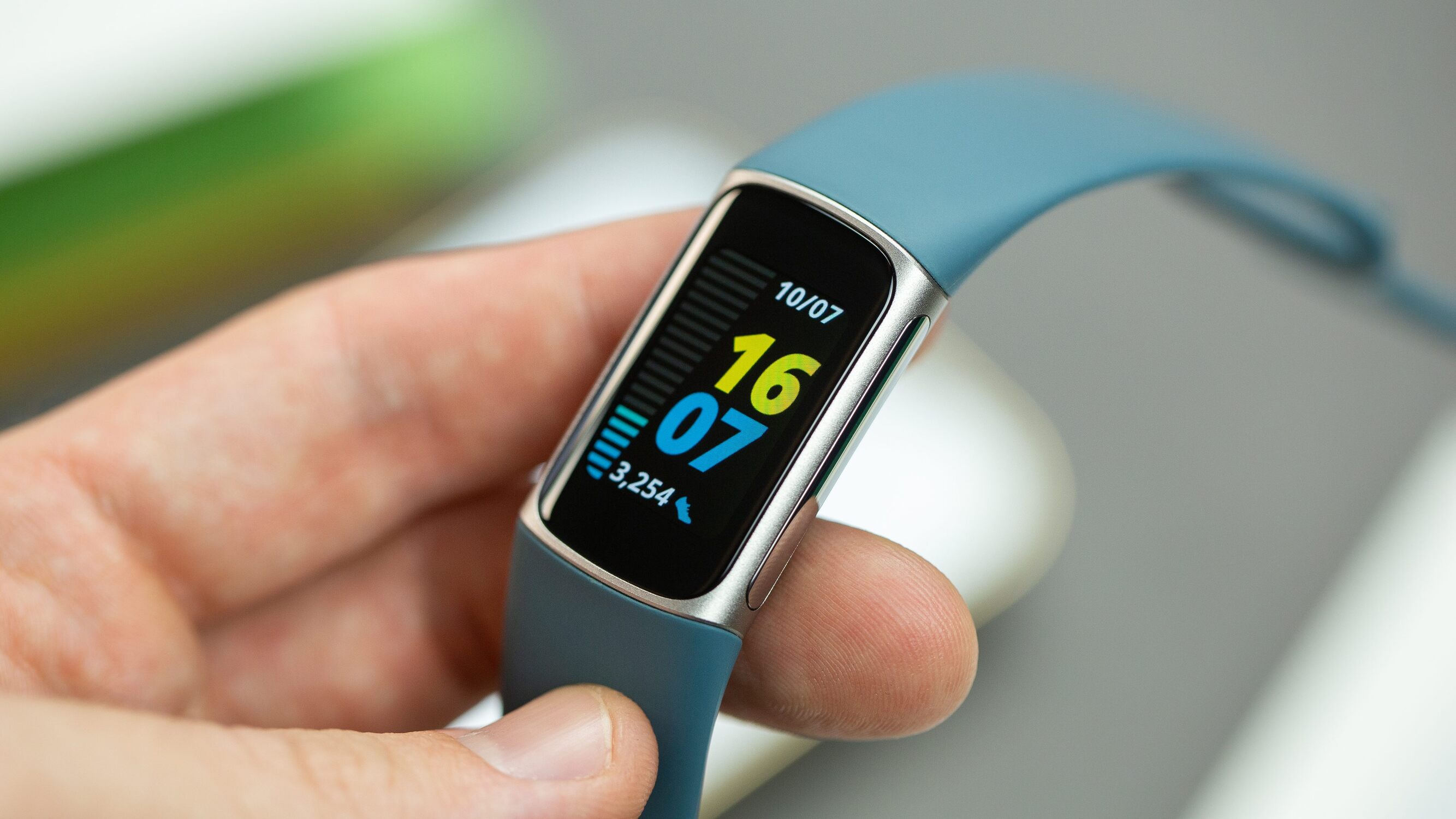Introduction
Smartwatches have revolutionized the way we interact with technology, seamlessly integrating into our daily lives to provide convenience and efficiency. These wearable devices are not just a fashion statement; they are sophisticated pieces of technology that offer a wide array of features and functionalities. Understanding how smartwatches function involves delving into their intricate components, operating systems, sensors, and connectivity options. By exploring the inner workings of these devices, we can gain a deeper appreciation for the technology that adorns our wrists.
The evolution of smartwatches has been remarkable, with advancements in design and functionality continually pushing the boundaries of what these devices can achieve. From basic timekeeping to serving as comprehensive health and fitness companions, smartwatches have come a long way. As we explore the components and features that make these devices tick, it becomes evident that they are not just accessories, but powerful mini-computers that enhance our productivity and overall well-being.
Smartwatches have become an integral part of the modern lifestyle, offering seamless integration with smartphones and other smart devices. The user interface of these devices has been carefully crafted to provide a smooth and intuitive experience, allowing users to access a myriad of functions with a simple tap or swipe. As we delve into the intricacies of smartwatch technology, we uncover the seamless blend of hardware and software that powers these compact yet powerful gadgets.
The journey into the world of smartwatches unveils a captivating fusion of innovation and practicality, showcasing how these devices have transcended the traditional concept of timekeeping. With a keen focus on user experience and functionality, smartwatches have carved a niche for themselves in the realm of wearable technology, offering a glimpse into the future of interconnected devices. Let's embark on a fascinating exploration of the inner workings of smartwatches, unraveling the technology that makes these devices indispensable companions in our fast-paced, digital world.
Components of a Smartwatch
A smartwatch is a marvel of modern engineering, comprising a multitude of components that work in harmony to deliver a seamless user experience. At its core, a smartwatch houses a powerful processor that serves as the brain of the device, enabling it to execute various tasks with speed and efficiency. The display, often a vibrant touchscreen, serves as the primary interface for interacting with the device, allowing users to access apps, receive notifications, and track their activities.
Furthermore, a smartwatch incorporates a rechargeable battery, which is essential for powering its operations. The battery capacity and efficiency play a crucial role in determining the device’s overall usability and longevity between charges. Additionally, sensors such as heart rate monitors, accelerometers, and gyroscopes are integrated into smartwatches to enable fitness tracking, activity monitoring, and gesture-based controls.
Connectivity modules, including Bluetooth and Wi-Fi, facilitate seamless communication with smartphones, enabling the synchronization of data and the ability to make and receive calls directly from the smartwatch. Moreover, many modern smartwatches feature built-in GPS for precise location tracking and navigation, further enhancing their utility in various scenarios.
Another vital component of smartwatches is the housing, which encompasses the device’s internal components and protects them from external elements. The materials used for the housing can range from durable plastics to premium metals, contributing to the device’s overall durability and aesthetic appeal.
As we unravel the components of a smartwatch, we gain insight into the intricate engineering and meticulous design that culminate in a compact yet powerful wearable device. Each component plays a pivotal role in shaping the user experience and functionality of the smartwatch, showcasing the convergence of technology and practicality in a device that adorns our wrists.
Operating System
The operating system of a smartwatch serves as the underlying software platform that governs its functionality and user interface. Just like smartphones and computers, smartwatches rely on operating systems to manage various tasks, run applications, and provide a cohesive user experience. There are several prominent operating systems tailored specifically for smartwatches, each offering unique features and compatibility with different devices.
One of the most widely recognized smartwatch operating systems is Wear OS by Google, designed to seamlessly integrate with Android smartphones and deliver a unified experience across devices. Wear OS offers access to a diverse range of apps through the Google Play Store, allowing users to personalize their smartwatches with applications that cater to their specific needs, whether it’s fitness tracking, productivity, or communication.
Another notable operating system in the smartwatch landscape is watchOS, developed by Apple for its renowned Apple Watch series. Built to complement the iOS ecosystem, watchOS offers seamless integration with iPhones, enabling features such as call handling, messaging, and app synchronization. The operating system also boasts a robust selection of health and fitness-oriented features, making it a compelling choice for users deeply invested in Apple’s ecosystem.
Beyond Wear OS and watchOS, there are alternative operating systems such as Tizen, utilized in Samsung’s Galaxy Watch series, and Fitbit OS, powering Fitbit’s lineup of smartwatches. These platforms are tailored to the respective hardware and software ecosystems of their parent companies, offering unique interfaces and feature sets that cater to specific user preferences and use cases.
As smartwatch technology continues to evolve, operating systems play a pivotal role in shaping the capabilities and user experience of these devices. The seamless integration with smartphones, diverse app ecosystems, and intuitive interfaces offered by these operating systems underscore their significance in the overall functionality and appeal of smartwatches.
Sensors and Features
Smartwatches are equipped with an array of sensors and features that elevate their utility beyond basic timekeeping. These sophisticated devices integrate a multitude of sensors to enable diverse functionalities, catering to users’ health, fitness, communication, and productivity needs. One of the most prevalent sensors found in smartwatches is the heart rate monitor, which provides real-time insights into the user’s cardiovascular activity, facilitating comprehensive fitness tracking and health monitoring.
Furthermore, smartwatches often incorporate accelerometers and gyroscopes, enabling precise motion tracking and gesture recognition. These sensors are instrumental in detecting various activities such as walking, running, and cycling, allowing the smartwatch to provide accurate activity data and insights. Additionally, some smartwatches feature built-in GPS functionality, empowering users to track their outdoor activities with precision and access location-based services without relying on a paired smartphone.
Communication features are also a hallmark of smartwatches, with many devices offering the ability to make and receive calls, respond to messages, and access notifications directly from the wrist. This seamless integration with smartphones enhances user convenience, allowing for quick interactions without the need to retrieve the paired mobile device. Moreover, voice assistants such as Siri, Google Assistant, and Bixby are commonly integrated into smartwatches, enabling hands-free interactions and voice commands for various tasks.
Smartwatches often serve as comprehensive health companions, incorporating features such as sleep tracking, guided breathing exercises, and hydration reminders to promote overall well-being. These devices also offer a diverse range of apps and watch faces, allowing users to personalize their smartwatches to align with their individual preferences and lifestyles. From weather updates and calendar notifications to music playback controls and contactless payments, the features packed into smartwatches cater to a wide spectrum of user needs.
As we delve into the sensors and features integrated into smartwatches, it becomes evident that these devices are not merely extensions of smartphones, but powerful companions that empower users to lead healthier, more connected, and productive lives. The seamless fusion of advanced sensors and versatile features underscores the transformative impact of smartwatch technology on modern lifestyles.
Battery Life
The battery life of a smartwatch is a critical aspect that directly influences the device’s usability and convenience. Given their compact form factor and array of features, smartwatches are designed to balance performance with energy efficiency, ensuring that users can rely on their devices throughout the day without frequent recharging. The battery life of a smartwatch is influenced by several factors, including the capacity of the battery, the efficiency of the device’s components, and the user’s usage patterns.
Modern smartwatches typically utilize lithium-ion or lithium-polymer batteries, known for their energy density and rechargeable properties. The capacity of these batteries varies across different models, with some offering enough power to sustain multiple days of usage on a single charge, while others may require daily recharging, especially with intensive usage of features such as GPS tracking and continuous heart rate monitoring.
Manufacturers employ various strategies to optimize battery life, including power-efficient display technologies such as AMOLED and transflective LCD, which minimize power consumption while maintaining vibrant visuals. Additionally, smartwatches often incorporate power-saving modes that disable non-essential features to extend battery longevity during periods of low usage or when the battery level is critical.
Users can also prolong the battery life of their smartwatches by customizing settings, such as adjusting screen brightness, enabling battery-saving modes, and selectively enabling notifications and features based on their preferences. Furthermore, the efficiency of the device’s operating system and the optimization of background processes play a crucial role in preserving battery life, ensuring that the smartwatch remains operational throughout the day.
As smartwatch technology continues to advance, manufacturers are exploring innovative methods to enhance battery life, such as integrating solar charging capabilities, kinetic energy harvesting, and advanced power management systems. These advancements aim to alleviate the need for frequent recharging, providing users with extended usage times and greater convenience.
The battery life of a smartwatch is a testament to the ongoing pursuit of efficiency and longevity in wearable technology, reflecting the industry’s commitment to delivering devices that seamlessly integrate into users’ lives without imposing unnecessary constraints. As advancements in battery technology and energy management continue to unfold, the future holds promising prospects for even more resilient and enduring smartwatches.
Connectivity Options
Smartwatches offer a diverse range of connectivity options that enable seamless integration with smartphones and other devices, empowering users to stay connected and productive on the go. One of the primary connectivity features of smartwatches is Bluetooth, which facilitates communication and data synchronization between the smartwatch and a paired smartphone. This wireless connection allows for the exchange of notifications, call handling, and music control directly from the smartwatch, enhancing user convenience and accessibility.
Furthermore, Wi-Fi connectivity is prevalent in modern smartwatches, enabling independent access to online services, app updates, and cloud-based features without relying solely on a connected smartphone. Wi-Fi connectivity expands the functionality of smartwatches, providing users with greater flexibility and autonomy in accessing various online resources and services directly from their wrists.
Many smartwatches also incorporate cellular connectivity, allowing them to operate independently of a paired smartphone. With built-in cellular capabilities, smartwatches can make and receive calls, send messages, and access online services using their own cellular connection, providing users with enhanced freedom and connectivity, especially in situations where carrying a smartphone may be impractical.
GPS functionality is another crucial connectivity feature found in smartwatches, enabling precise location tracking and navigation without the need for a paired smartphone. This capability is particularly valuable for outdoor activities such as running, hiking, and cycling, where accurate location data and route tracking are essential.
The seamless integration of these connectivity options into smartwatches underscores the devices’ versatility and autonomy, enabling users to stay connected, informed, and productive without being tethered to their smartphones. As smartwatch technology continues to evolve, we can anticipate further advancements in connectivity options, further enhancing the devices’ independence and utility in a wide range of scenarios.
User Interface
The user interface of a smartwatch serves as the gateway to its diverse functionalities, encompassing the design, navigation methods, and overall user experience. Smartwatches feature intuitive touchscreens that allow users to interact with the device through taps, swipes, and gestures, providing a seamless and responsive interface for accessing apps, notifications, and settings.
One of the defining aspects of smartwatch user interfaces is the incorporation of customizable watch faces, which not only display the time but also offer a range of complications, such as weather updates, fitness metrics, and calendar events. This level of customization enables users to tailor their smartwatch interfaces to their preferences and priorities, transforming the device into a personalized hub of information and functionality.
Navigation within the user interface is often facilitated by intuitive gestures and on-screen controls, allowing users to effortlessly scroll through notifications, access apps, and interact with various features. Additionally, voice commands and voice assistants play a significant role in the user interface, enabling hands-free interactions and quick access to information and services.
Smartwatches often employ haptic feedback, utilizing subtle vibrations to notify users of incoming alerts, alarms, and notifications without the need for audible cues. This tactile feedback enhances the user experience, providing discreet and personalized notifications that complement the device’s visual interface.
As smartwatches continue to evolve, manufacturers are exploring innovative ways to enhance user interfaces, such as integrating gesture controls, contextual awareness, and advanced interaction methods that leverage the device’s sensors and capabilities. These advancements aim to further streamline the user experience, making smartwatches more intuitive and responsive to users’ needs and preferences.
The user interface of a smartwatch is a testament to the seamless fusion of design and functionality, offering users a dynamic and interactive platform to engage with a myriad of features and services. As smartwatch technology continues to progress, the user interface will undoubtedly remain a focal point of innovation, driving the evolution of these versatile and indispensable wearable devices.
Conclusion
Exploring the inner workings of smartwatches unveils a captivating fusion of advanced technology and user-centric design, showcasing the seamless integration of hardware, software, and connectivity options. These compact yet powerful devices have evolved from basic timekeeping accessories to multifaceted companions that cater to diverse aspects of modern life.
From the intricate components that power their operations to the sophisticated sensors and features that enable health monitoring, communication, and productivity, smartwatches exemplify the convergence of innovation and practicality. The operating systems tailored for smartwatches, such as Wear OS, watchOS, Tizen, and Fitbit OS, underscore the diverse ecosystems and user experiences available in the smartwatch landscape.
Moreover, the emphasis on battery life and energy efficiency reflects the industry’s commitment to delivering devices that seamlessly integrate into users’ lives without imposing unnecessary constraints. The connectivity options, including Bluetooth, Wi-Fi, cellular, and GPS, empower users to stay connected, informed, and productive, whether they are on the move or engaging in outdoor activities.
The user interface of smartwatches serves as a dynamic platform for interaction, offering intuitive navigation, customizable watch faces, and seamless access to a myriad of features. As smartwatch technology continues to advance, the user interface remains a focal point of innovation, driving the evolution of these versatile and indispensable wearable devices.
In essence, smartwatches have transcended their initial role as mere accessories, emerging as integral components of the modern lifestyle. Their seamless integration with smartphones, diverse app ecosystems, and comprehensive health and fitness tracking capabilities position them as indispensable companions in our fast-paced, digital world. As the industry continues to innovate and refine smartwatch technology, the future holds promising prospects for even more resilient, efficient, and feature-rich devices that further enrich and simplify our daily lives.







